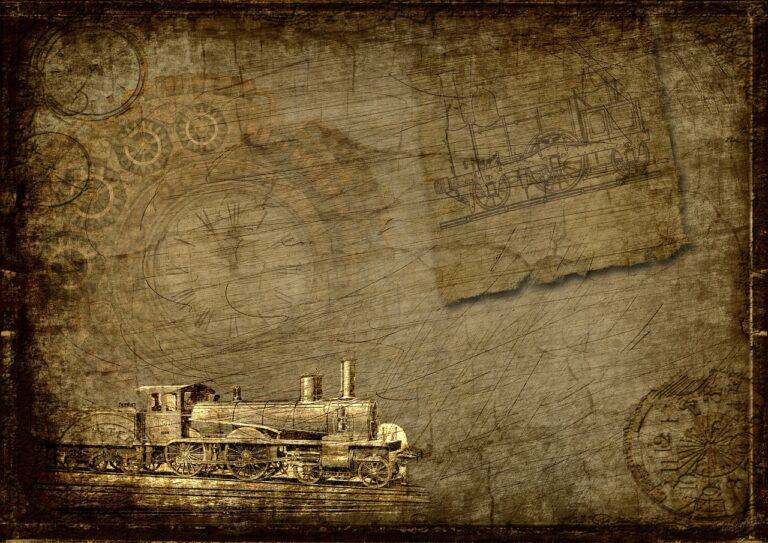Exploring Traditional Pottery Making: Creating Clay Artworks with Local Potters
Ancient pottery making techniques have been passed down through generations, embodying cultural heritage and craftsmanship. Craftsmen meticulously shape clay into various forms using traditional methods that have withstood the test of time. Each step in the process, from forming the clay to firing the pottery, requires precision and skill honed over years of practice.
One key aspect of traditional pottery making is the use of a potter’s wheel, which allows artisans to shape and mold the clay with precision. The wheel spins as the potter’s hands gently coax the clay into the desired shape, creating unique and intricate pottery pieces. Additionally, hand-building techniques such as coiling and pinching are also employed to create pottery without the use of a wheel, showcasing the versatility and adaptability of traditional pottery making methods.
The Importance of Clay in Pottery Making
Clay is the elemental component in pottery making, serving as the foundational material for creating various ceramic objects. Its versatility allows artists to mold and shape it into unique forms, ranging from delicate vases to sturdy utensils. Clay’s pliability and ability to hold shape make it a favored medium for artisans across cultures and time periods. Its importance lies in the fact that it serves as the canvas for artistic expression, embodying the artist’s vision as it transforms from malleable clay to hardened ceramic.
Furthermore, the properties of clay play a crucial role in the firing process of pottery. Different types of clay offer distinct characteristics when fired, influencing the final appearance and durability of the piece. The composition of clay determines its color, texture, and strength when exposed to high temperatures in the kiln. Understanding these properties allows potters to select the most suitable clay for their desired outcome, ensuring that the finished pottery meets both aesthetic and functional requirements.
Tools and Materials Used in Traditional Pottery Making
Clay is the primary material used in traditional pottery making due to its versatility and ability to be molded into various shapes. Different types of clay are utilized based on their properties such as porosity, color, and texture. Some common types of clay used in pottery making include earthenware clay, stoneware clay, and porcelain clay.
Various tools are essential in the pottery making process to shape and refine the clay. Some fundamental tools include a pottery wheel for spinning the clay, wooden or metal ribs to smooth surfaces, and a kiln for firing the completed pottery pieces. Additionally, tools like a wire tool for cutting the clay, a sponge for smoothing, and various shaping tools such as loop tools and sculpting tools are used by potters to create intricate designs and patterns in their pottery pieces.
What are some traditional pottery making techniques?
Some traditional pottery making techniques include hand-building, wheel-throwing, coiling, and slab construction.
Why is clay important in pottery making?
Clay is essential in pottery making as it is the primary material used to form the pottery. Different types of clay can produce varying textures and finishes in the final piece.
What are some common tools used in traditional pottery making?
Common tools used in traditional pottery making include a potter’s wheel, sculpting tools, a kiln for firing the pottery, brushes for applying glazes, and various shaping tools like ribs and sponges.
What materials are used in traditional pottery making besides clay?
In addition to clay, traditional pottery making may involve the use of glazes, underglazes, oxides, and other materials for decorating and finishing the pottery pieces.
How important is it to use traditional tools and materials in pottery making?
Using traditional tools and materials in pottery making can help preserve ancient techniques and craftsmanship, while also creating a connection to cultural heritage and history.





